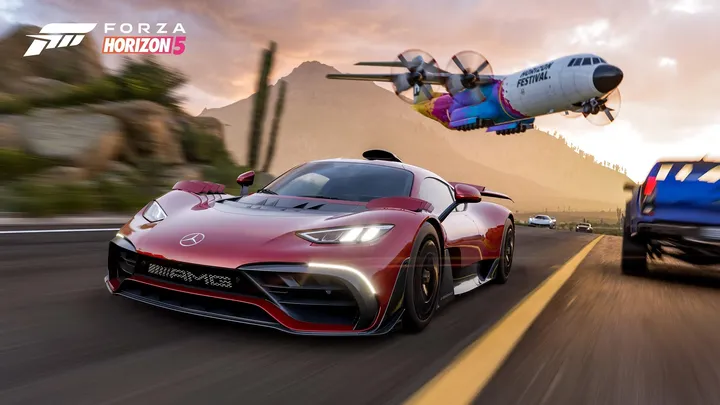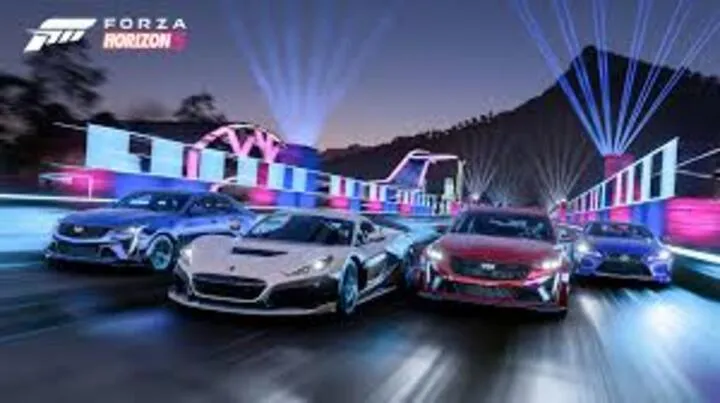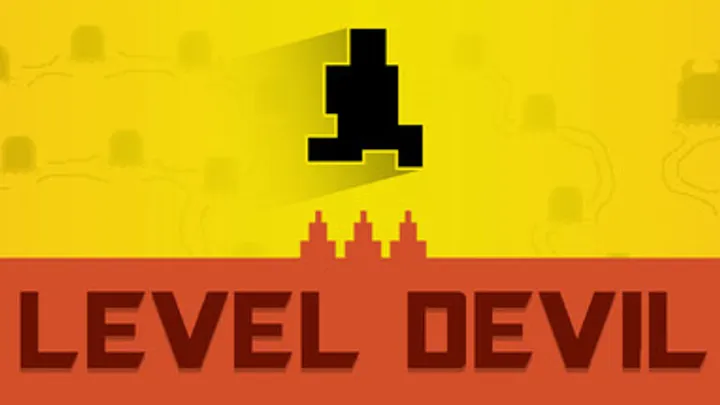Forza Horizon 5 is not just about racing fast—it’s about feeling every turn, every gear shift, and every mechanical heartbeat of your car. Beneath the adrenaline of Mexico’s vibrant open world lies an art form that separates good racers from true masters: car tuning. This article will take you deep into the science and soul of tuning in Forza Horizon 5. It’s not a general overview—it’s an in-depth guide that explores how to understand, modify, and perfect your car setup to dominate every surface and condition.
Introduction
Forza Horizon 5’s tuning system might seem intimidating at first glance. Sliders, ratios, dampers, and tire pressures—it’s a technical labyrinth. Yet once you understand it, tuning becomes one of the most rewarding aspects of the game. It gives you the ability to transform a humble hatchback into a cornering monster or tame a hypercar that once felt uncontrollable.
This guide dives into the specifics of tuning for performance optimization, focusing on how each adjustment affects handling, acceleration, braking, and cornering. We’ll go through each tuning stage, explain its purpose, and provide tested strategies to build your perfect ride.
The Foundations of Forza Horizon 5 Tuning
Before we tweak sliders, we need to understand what tuning is at its core. In Forza Horizon 5, tuning is the process of modifying a car’s mechanical behavior to match your driving style and environment.

The Two Pillars of Tuning
- Upgrades – Physical changes like new engines, tires, brakes, and suspension parts.
- Fine-Tuning – Adjustments to how these upgrades perform (aerodynamics, differential, gearing).
Each affects how your car behaves under specific driving conditions. For instance, adjusting tire pressure can alter your car’s grip on asphalt, while gear ratios determine how quickly your car accelerates and reaches top speed.
Why It Matters
In races with mixed terrain—like Horizon’s dirt or street challenges—stock cars rarely perform at peak potential. Tuning bridges that gap, letting you exploit every ounce of your vehicle’s capability.
Understanding Tire Pressure and Grip Balance
Tires are your car’s connection to the world of Forza Horizon 5. Get them wrong, and no amount of horsepower will save you.
Tire Pressure Explained
- Low Pressure: Increases tire surface contact, improving grip but reducing top speed and stability.
- High Pressure: Reduces friction, improving top speed but lowering cornering traction.
The sweet spot often lies between 27–30 PSI for road racing and 25–27 PSI for off-road racing.
How to Test Grip Balance
Use Test Track mode to observe how your car behaves through corners:
- If the car understeers (pushes outward), lower front tire pressure slightly.
- If it oversteers (rear slides out), increase rear tire pressure a bit.
This balancing act can shave precious seconds off your lap times.
The Science of Gear Ratios
Gear tuning is often misunderstood, yet it’s one of the most powerful ways to shape a car’s personality.

What Gear Ratios Do
Shorter gears mean faster acceleration but less top speed. Longer gears offer higher speeds but slower takeoffs. The trick lies in finding harmony between acceleration and efficiency.
Step-by-Step Gear Tuning
- Start with final drive ratio.
- Lower it for acceleration-heavy races (street circuits).
- Raise it for long straights (highway sprints).
- Adjust each gear sequentially:
- Ensure smooth RPM transitions between gears.
- Prevent bogging (RPM drop too low) or redlining (too high).
Testing Your Setup
Find a flat road. Run through all gears while watching your tachometer. You want each gear to land just below peak power RPM on upshift.
Differential Settings: Controlling Power Distribution
Differentials determine how power is distributed to the wheels. It’s critical for controlling traction, especially in corners.
Key Settings
- Acceleration Differential: Controls how power is split during throttle input.
- Deceleration Differential: Controls stability during braking or coasting.
Recommended Setup
- RWD Cars: Higher accel (60–80%), lower decel (20–40%).
- AWD Cars: Balance both around 40–60%.
- FWD Cars: Lower accel (20–40%), higher decel (50–70%) to prevent understeer.
Proper differential tuning lets you power-slide through corners smoothly without spinning out.
Suspension Tuning for Handling Precision
Suspension tuning determines how your car absorbs bumps and maintains stability.
Core Elements
- Springs: Control stiffness. Softer springs increase comfort but reduce precision.
- Dampers: Regulate rebound and compression after bumps.
- Anti-Roll Bars: Affect how much your car leans during turns.
Tips for Adjustment
- For road cars: Medium stiffness for balance.
- For off-road vehicles: Softer setup to absorb impacts.
- For race circuits: Stiffer springs for quick directional changes.
Example Setup
For a Lamborghini Huracán, set front springs around 95 N/mm and rear around 105 N/mm for smooth cornering with minimal body roll.
Aerodynamics and Downforce
Downforce keeps your car glued to the track—but it also increases drag.

The Trade-Off
- More Downforce: Better grip, slower top speed.
- Less Downforce: Higher top speed, less cornering stability.
Tuning Strategy
- Adjust front downforce for steering responsiveness.
- Adjust rear downforce for stability.
For technical circuits, prioritize cornering over speed. For highway races, do the opposite.
Brake Balance and Force
Braking is often neglected by casual players, but fine-tuning it can dramatically improve performance.
Brake Balance
- Move toward front bias for stability.
- Move toward rear bias for quicker rotation during corner entry.
Brake Force
Too much force locks wheels, while too little extends stopping distance. Start around 110–120% and tweak based on test runs.
Alignment and Tire Angles
Alignment tuning shapes how your tires make contact with the road.
Camber
- Negative camber: More corner grip, less straight-line stability.
- Positive camber: Rarely used—avoid unless experimenting.
Toe and Caster
- Toe-In: Improves stability but reduces agility.
- Toe-Out: Boosts corner entry but increases wear.
- Caster: High values improve turn-in responsiveness.
A balanced setup ensures consistent tire wear and optimal handling.
Adapting Tuning to Terrain Types
Forza Horizon 5 features multiple terrain types—from paved city streets to rugged mountain trails. Each demands a unique setup.

Asphalt Racing
- Higher tire pressure (29–31 PSI)
- Stiffer suspension
- Lower ride height
Dirt Racing
- Softer suspension
- Lower tire pressure (26–28 PSI)
- Higher ride height for clearance
Cross-Country
- Wide gear ratios for versatility
- Soft damping
- Balanced differential
Always test your car in its intended race type before finalizing the setup.
Testing, Iteration, and Personalization
The best tuners are never satisfied. Forza Horizon 5 rewards experimentation.
The Tuning Cycle
- Test your setup in free roam.
- Note specific weaknesses—understeer, traction loss, instability.
- Return to the tuning menu and tweak only one parameter at a time.
Personal Style Integration
Some players prefer drifty, loose control. Others want laser-like precision. Tune according to your instincts, not just meta builds.
Community Sharing
Upload your tuning setups for others to download. This not only helps the community but also allows feedback that can refine your craft.
Conclusion
Car tuning in Forza Horizon 5 is an art and science combined. It’s where physics, engineering, and creativity meet. A perfectly tuned car reflects not only its specs but also your personality as a driver. The goal isn’t just to be faster—it’s to make every race feel like your car was built for it.
Through tire adjustments, gear balancing, suspension tweaks, and aerodynamic fine-tuning, you learn the invisible language between driver and machine. Master that language, and Mexico’s roads will bend to your will.

















